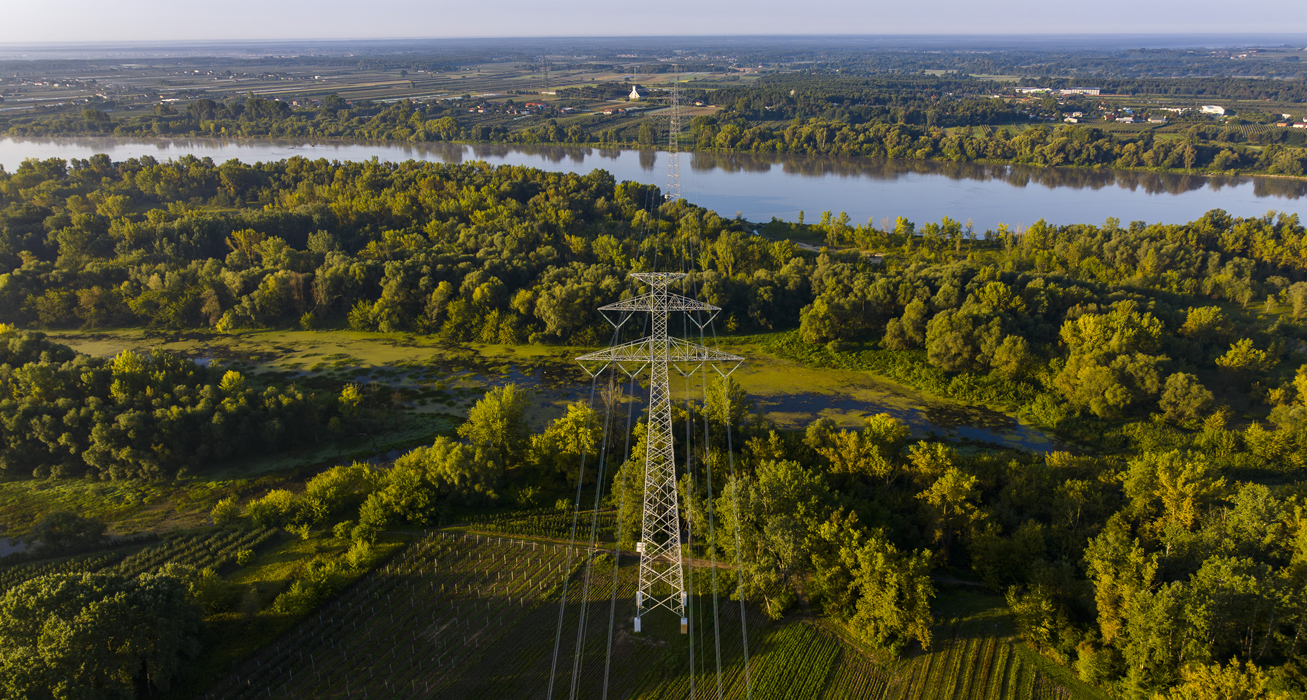PSE carbon footprint calculations were performed in accordance with the international GHG Protocol Corporate Accounting and Reporting Standard. The analysis of greenhouse gas emissions has been carried out by the organisation for several years, and continuous efforts are being made to improve the methodology used. In this year’s calculations, we decided to expand the analysis of the volume of greenhouse gas emissions resulting from our operations to include another category related to our value chain (Scope 3, cat. 8 – leased assets, in which we included emissions resulting from the use of the leased office of ZKO in Warsaw, which we do not control). In addition, calculations for some of the categories were recalculated to update and maintain consistency in the calculation approach between years. We expanded the analysis of emissions resulting from purchased goods and services, increasing the scope of contracts included. We excluded from the calculation for Scope 3 the reporting of energy delivered to end users, taking into account the recommendations of ENTSO-E (European Network of Transmission System Operators for Electricity).
Our baseline year – i.e. the year for which we calculated greenhouse gas emissions and against which we compare emissions in the subsequent years – is 2017. Due to the limited availability of some of the data and in order to keep the results comparable, for Scope 3 we decided to take 2022 as the baseline year.
We aim to further broaden the view of our company’s impact on the climate, expand our carbon footprint calculations, improve the quality of the data used in the calculations, and more accurately identify opportunities for action that PSE can take to reduce this impact in the coming years.
